Art, Algorithms, and Creative Decline: Not Enough STEAM-Power For Educational Reform

In this article we’ll look at the long-term decline of creativity in education, just at a time when employers are going to value those ‘human’ attributes even more.
Impact of AI On education
In the preceding articles in this series, we saw that creativity is perhaps the single most important and unique trait of being a human and how it is essential, because of mental health benefits and future employment requirements, that creativity permeates education and is not squeezed out of the timetable and, indeed, students!
However, notwithstanding that essential need, will creativity now work its way up the educational agenda?
Humans Being Under Threat From Technology Is Not A New Phenomenon
Socially, economically and technologically, our world has been transformed over history, frequently and repeatedly accompanied by widespread panic-stricken predictions of a Wellsian dystopian future and ‘the robots are coming’.

In the Victorian era there were major concerns over the impact on human interactions due to the advent of the telegraph, then in the 1950s there were similar worries about addiction to television and this has been followed by warnings about the world-wide-web…. social media….. smartphones and now……
…AI: It Does More Than Just Pass Exams
The threats feel more powerful and pertinent today as the impact of AI will be pervasive, decimating many sectors and associated jobs, especially those which require repetition and data-based decision-making, because that’s what computers excel at. With the advances in AI, some commentators believe we have reached a turning point in our intellectual history as a species. ChatGPT can now interact with humans just like a human, in a conversational way, even speaking: challenging incorrect premises, admitting mistakes and rejecting inappropriate requests. For example, AI has the incredible capacity to support students beyond mere fact-finding and we have reached the point where good, and dare I say, plausible, essays and exam answers can be formulated and generated by the tech….in superspeedy time. OpenAI claims that GPT-4 can beat 90% of candidates in the bar exam and 88% of candidates in the Law School Admission Test in the US. These are exams which require cogitation. So, who will be able to tell the difference between a human and technology?

The Turing Test is now under threat.
Answers to some difficult questions are required: Why are we setting exams when this is something that AI can beat most of us at? Shouldn’t we instead be learning how to use the tech better and how to contribute in ways that augment the contribution of technology?
“Being Creative Is Essential To Us, It’s Essential To Our Economy”
This quote is from Ken Robinson, who we mentioned in the second article; he bemoaned the decline and lack of creativity in education in his fabulous, most-highly-viewed TED talk in history. His engaging presentation called ‘Do schools kill creativity?’ was based on the strategy report ‘All Our Futures’, which he had written for the Government. In it, he criticised education in the UK for too much ‘conformity’ and ‘standardisation’, explaining how creativity and the arts have a lower academic status in schools and yet are so important.
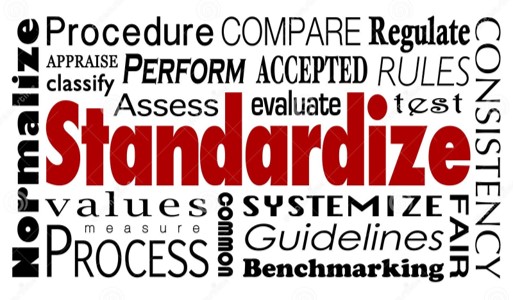
Another vocal critic is Python John Cleese who claims that he is ‘depressed’ by the fact that creativity, ‘a subject of such enormous importance is not widely spoken about by teachers’, exemplified by his ironic lament that he was never told he had a creative streak at school.
Did anyone tell you that you might have had a creative streak?
The Figures Behind The Decline
There has been a steady, consistent decline in the arts and creative subjects in academic curricula. This is reflected in the state sector by budget cuts and, as a result, there is less access for young people to orchestras, art studios, theatre etc. According to the Guardian, there has been a 28.1% decline in the uptake of creative subjects at GCSE in the past decade. Although GCSEs are basic level, they signify intent, and candidates feed through into higher level qualifications.

Looking at the graphs above, there has been a steady decline over the past ten and twenty years in applicants for GCSEs in staple ‘creative’ subjects, namely music, design technology and drama.
In addition, students pay heed to the Government’s warning that they should expect “good return on the significant financial investment they make in higher education”. With the arts, there isn’t such a clear path to employment and it is disturbing that this could explain the decline in the take-up of arts degrees from children from working class backgrounds, which means we might be robbed of the talent of the future Michael Sheens, Chris Ecclestones and Julie Hesmondhalghs. This is mirroring what is happening in the United States as the liberal arts and humanities degrees have been in freefall as more computer-science majors means fewer English majors. Simple.
Although the number of students studying creative subjects has remained reasonably consistent over the past 20 years, as a percentage of total undergraduates each year, it has declined as the student population has grown.
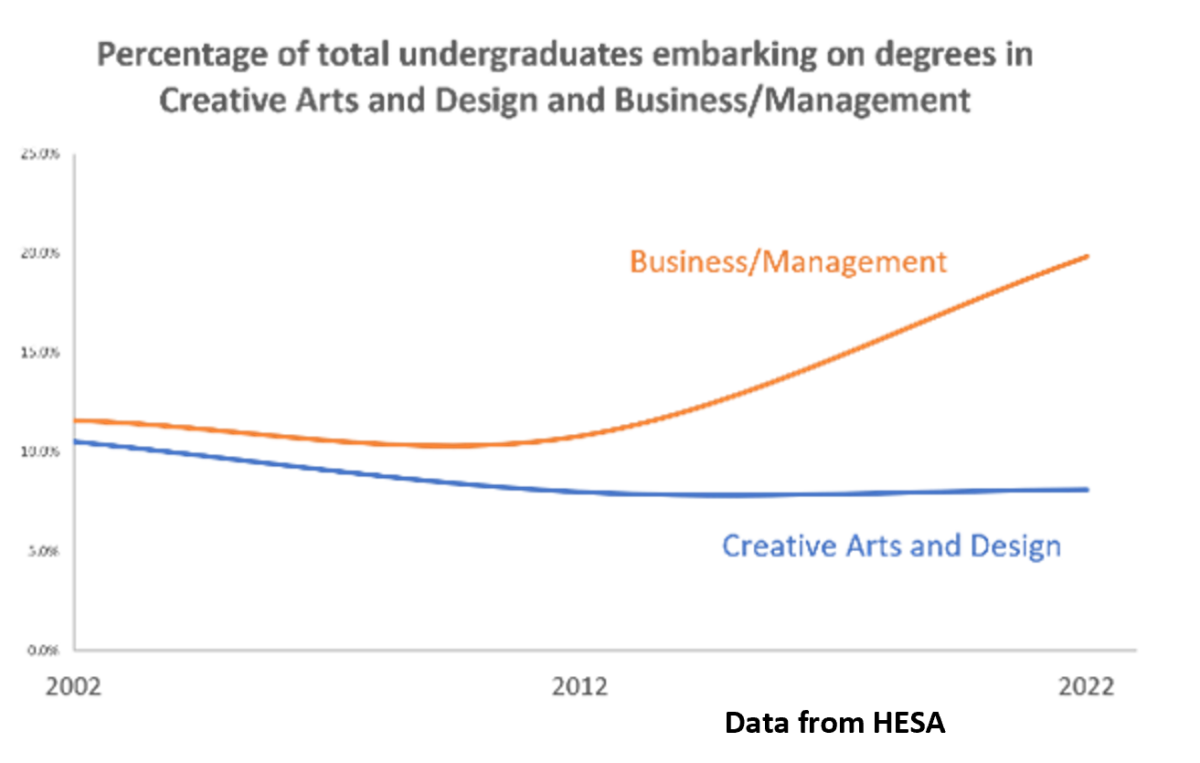
The chart shows the percentage of students doing creative arts has fallen, especially relatively in comparison with vocational subjects, which ostensibly offer more ‘value for money’, like Business/Management.
Compounding these effects, the newly-introduced EBacc is focussed on maths, English and science which means there is little room for extra-curricular activities and arts in the curriculum, diminishing the importance.
The Narrative Tells Students To Focus Elsewhere, Away From Creative Subjects
The very top of Government has reaffirmed this narrative by telling young people that they would have better career prospects by studying STEM subjects. However, once the vast majority of young people are heading down those routes, basic economics shouts that you should do the opposite – undersupply today is oversupply tomorrow. Some commentators are screaming that STEAM is the way to go, integrating arts (the A) into the science, technology, engineering, and mathematics (STEM) curriculum to promote creativity, but the STEM train has a lot more traction.
Bringing Out The ‘Child Within You’: May-Britt Moser, Medicine Laureate
This belies the popular misconception that creativity is solely the province of the arts, which isn’t true. Creativity exists in all disciplines. It is valued by mathematicians, scientists and entrepreneurs just as much as by artists, writers and composers. Nobel laureates talk passionately about how their journey towards the Nobel Prize for a breakthrough in science involved using creativity to tackle existing problems and looking at problems in a new way, to identify new frontiers. This is encapsulated in the recent movie, Oppenheimer, which narrates the true story about how the protagonist physicist enabled a collaboration of the best scientific minds, eighteen of whom became nobel laureates, to design and create the ultimate weapon of human-destruction, an atomic bomb.
The Decline Began A Few Industrial Revolutions Ago….
There have been numerous reasons given for the decline in creativity at school. Education systems developed and became more structured during the Industrial Revolution and beyond, through which time there was a shift toward standardisation and rote memorisation to equip young people with the basics skills for the employment of the time. Creativity often took a backseat to churning out students for factory work, either in management or as an operative, and conforming to societal norms.
An excellent and humorous reference for this approach was captured by Charles Dickens in his novel Hard Times, through Thomas Gradgrind, the notorious school board Superintendent of Coketown, who has become the poster boy of UK education reform: “Now, what I want is Facts. Teach these boys and girls nothing but Facts. Facts alone are wanted in life. Plant nothing else and root out everything else. You can only form the minds of reasoning animals upon Facts: nothing else will ever be of any service to them. This is the principle on which I bring up my own children, and this is the principle on which I bring up these children. Stick to Facts, sir!”
On this basis the UK education system was founded. Obsessed with ‘compartmentalising’ as Robinson calls it, and born out of the first industrial revolution, we’re now on the fourth industrial revolution and little has changed.
Current School System Stifles Creativity
In more recent years, the education system exploded into a Gradgrindian testing machine of fact-gleaning and regurgitation in order to attain certificates which employers craved as a differentiator. The advent of the internet and the slow societal infiltration of AI has meant that the system in no longer fit for purpose.
In more recent modern times, other factors have compounded the drive away from creativity:
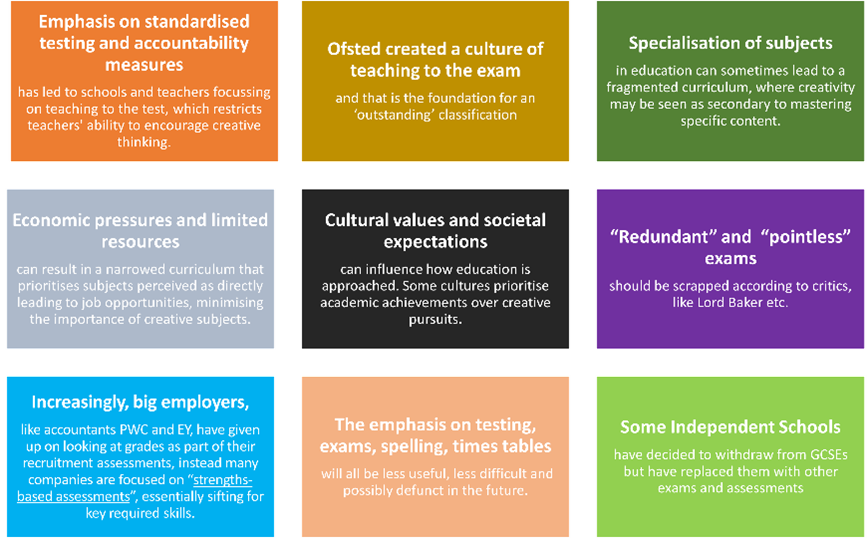
The rigid education system with disproportionate focus on getting the single ‘right’ answer in tests and grades is a barrier to creativity. Rather than developing the joy of learning, new experiences and creativity, the system is not preparing young people for what they’ll need to flourish in an AI-driven future.
It’s time to adopt a new paradigm!
It’s Time To Think Outside Of The Boxes!
Creative Subjects Will Be Driven Away from State Schools And Become The Preserve Of Independent Schools
The way things are headed, the privilege of studying the arts will be the preserve of the already privileged and wealthy. The top private and public schools have fantastic facilities which inspire their pupils. Eton, for example, have a ‘state-of-the-art’, pretty much professional, theatre and supporting facilities, in which there are around 20 theatrical productions staged in a typical year, ranging from full scale musicals and Jacobean classics in the largest venue. It’s hard to compete with that!
Arts subjects are being cut by state schools, but independent schools prioritise them; “it’s what the parents pay for,” says Geoff Barton, General Secretary of ASCL.
There Are Stirrings Afoot In The Education System
This seminal change leads to fundamental questions about our education system. The Durham Commission states: “In the age of AI, putting creativity at the heart of education is more important than ever.” It seems clear that a reform rather than a simple reset of education in the UK is required. Teaching should focus on creativity allied with critical thinking and adaptability.
Global Educational Trend Leaning Towards Creative Thinking
In recognition of the changing landscape for education, OECD’s Programme for International Student
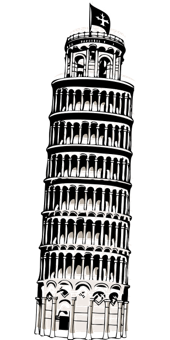
Assessment (known as ‘PISA’) measures 15-year-olds’ ability in 90 countries to use their reading, mathematics and science knowledge and skills to meet real-life challenges. For example, in these tests, they assess whether young people leave school with the scientific understanding they need to make informed decisions about how to deal with environmental changes, health risks, and other challenges that require personal action.
Amidst global stirrings, PISA, which is a powerful driver of education strategies around the world, introduced a new category of assessment: ‘Creative Thinking’, assessing students’ capabilities of generating diverse and original ideas across written expression, visual expression, problem solving and scientific problem solving. It is believed that creative thinking can help students ‘adapt to a constantly and rapidly changing world’ and ‘it can have a positive influence on students’ academic interest and achievement’. Initially, the Department of Education in England has opted not to take the tests, which tells you a lot about attitudes and confidence relating to this discipline.
Meanwhile in the UK, partly driven by a desire to protect one of the UK’s biggest exports and growing markets, an All-Party Parliamentary Design & Innovation Group has presented an economic plan to attempt to preserve the country’s standing in the creativity league tables and the Government has announced a number of schemes, like Sector Vision, committing to support young people via participation in the creative industries.
The Decline In Creative Thinking In Education Has Happened Just When Young People Need It Most
Today, in a world where it may become difficult to distinguish between AI and real humans, creativity is a key aspect of being human and must be paramount in education; it will be crucial in preparing individuals to meet the evolving demands of the workforce, driving economic growth and to enjoy mental health benefits. Despite this, there has been a clear decline over a long period in the prominence of creative subjects in education systems and the narrowing focus on STEM disciplines may inadvertently stifle the very attribute that distinguishes us as humans.
Budget cuts, and standardised testing have contributed to this decline as arts programmes are being squeezed and this has an impact on education and employment outcomes. The reduction of creative opportunities is particularly pronounced in state schools, creating an educational imbalance where creativity becomes the domain of the privileged and suppresses the potential of future talents. There does, however, appear to be a sea change on the horizon, with movements by PISA to emphasise the importance of young people appreciating creativity so that it ‘can help them to contribute to the development of the society they live in, today and as future workers.’
As the spectre of artificial intelligence looms larger, the question arises: Should we not be teaching our students to harness this remarkable tool rather than compete with it?
By Neil Wolstenholme, chairman of Kloodle
FE News on the go…
Welcome to FE News on the go, the podcast that delivers exclusive articles from the world of further education straight to your ears.
We are experimenting with Artificial Intelligence to make our exclusive articles even more accessible while also automating the process for our team of project managers.
In each episode, our thought leaders and sector influencers will delve into the most pressing issues facing the FE sector, offering their insights and analysis on the latest news, trends, and developments.







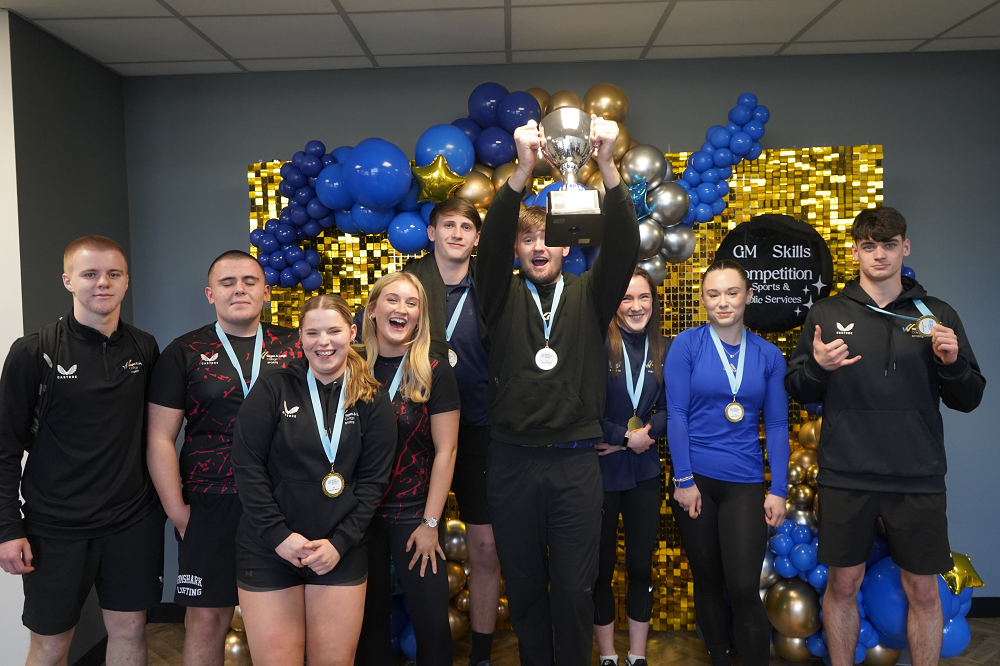
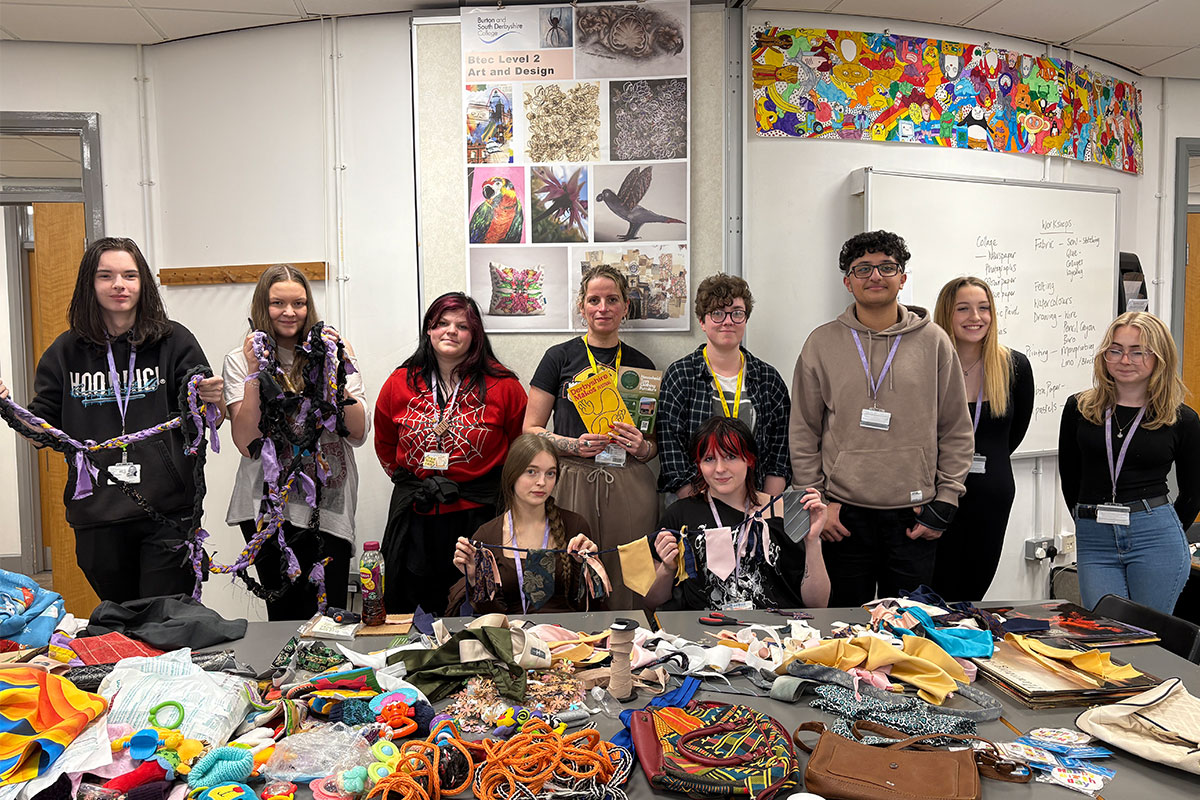
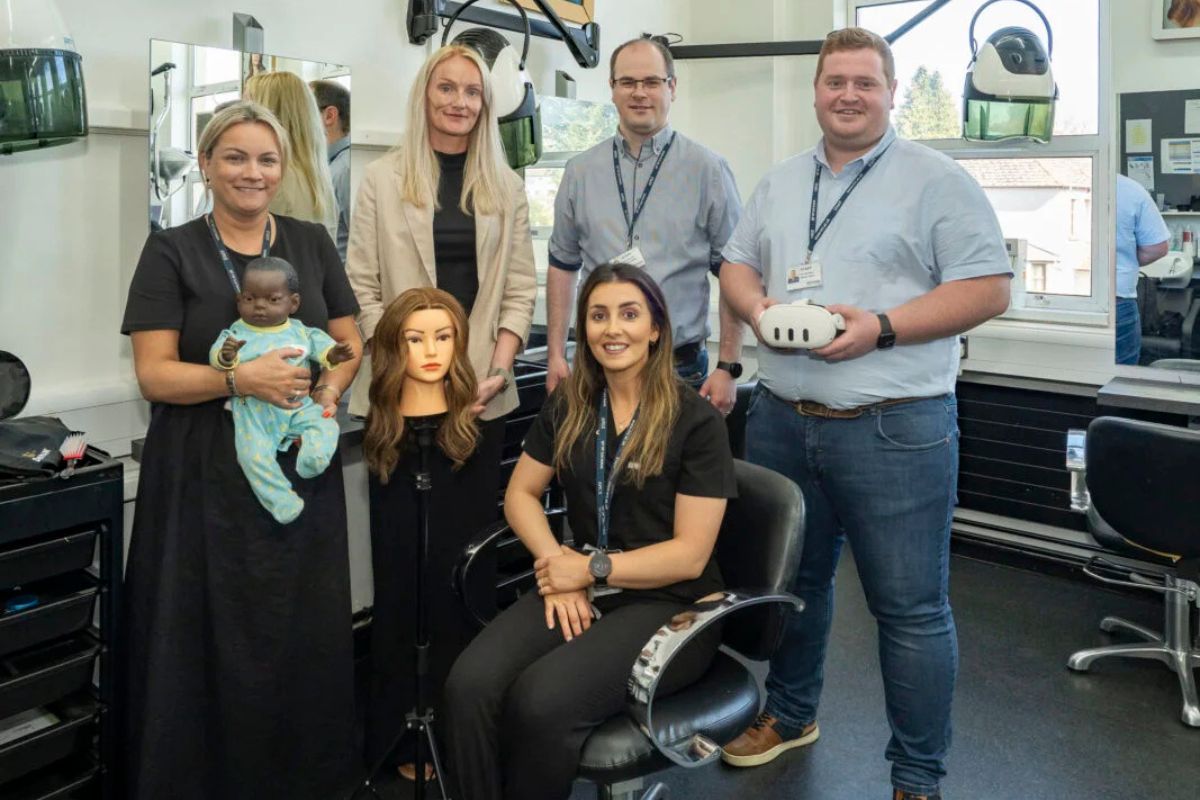

Responses